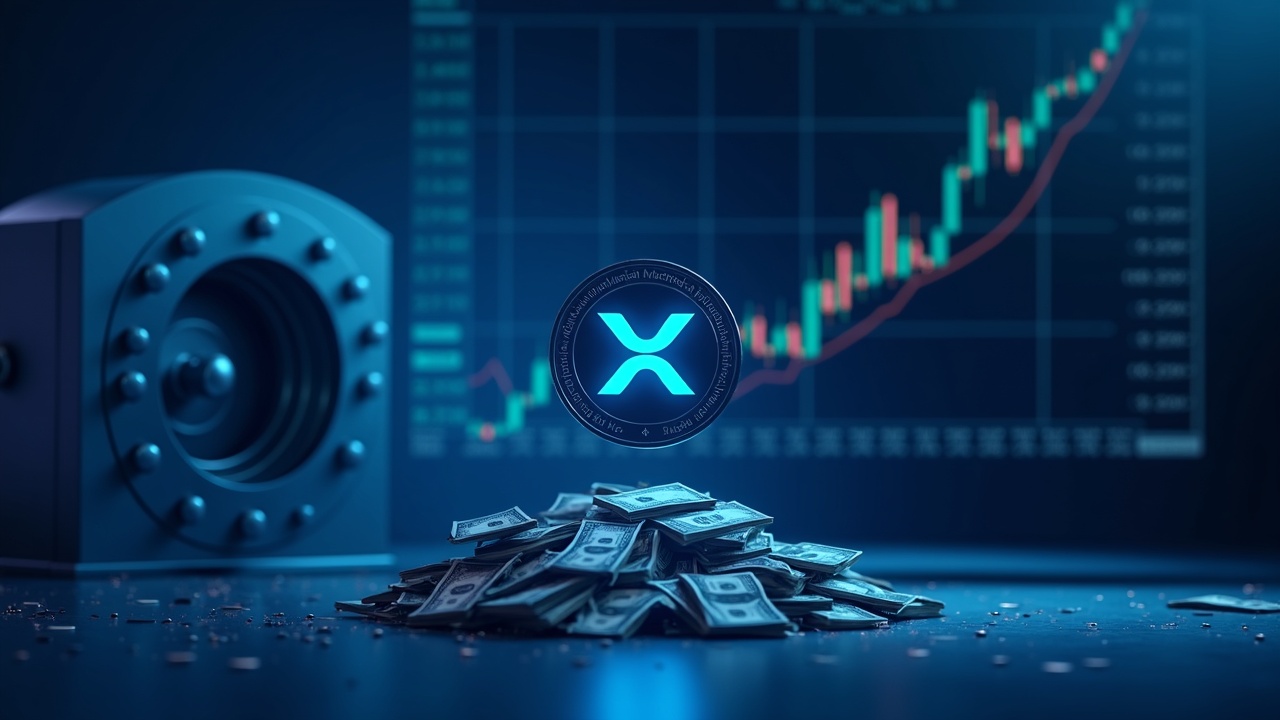A Signal That Shakes the Market
On October 20, 2025, Chris Larsen moved 50 million XRP tokens, worth approximately $120 million, from his personal wallet. This transaction was quickly identified by on-chain analysts and sparked immediate concern within the crypto community.
This is not an isolated event. Data from CryptoQuant shows a history of large outflows from Larsen-linked wallets, which have frequently aligned with local price peaks for XRP. Following this most recent sale, the price of XRP has been testing a key support level around $2.40, reflecting a 5% drop over the week and an 18% decline for the month. Analysts view these large, transparent sales by a co-founder as a bearish signal that can erode trader confidence and temporarily dry up market liquidity.

The Bigger Picture for XRP
While insider selling creates short-term headwinds, the long-term narrative for XRP is also being shaped by several fundamental factors.
On the positive side, the market is anticipating a significant regulatory milestone. There are currently 13 active applications for a spot XRP ETF with the U.S. Securities and Exchange Commission (SEC), with several from major asset managers like Grayscale and Franklin Templeton facing key decision deadlines. Approval of these ETFs could unlock billions of dollars in institutional demand, potentially creating a powerful counterbalance to founder sales. Furthermore, the resolution of Ripple’s long-running lawsuit with the SEC has provided greater regulatory clarity, which itself is a positive foundation for future growth.
However, there are also enduring challenges. Some analysts point out that XRP’s value is closely tied to the fortunes of Ripple, the company, making it a more centralized asset than cryptocurrencies like Bitcoin. There are also questions about the token’s organic demand, especially since banks using Ripple’s payment network are not obligated to use XRP.
In summary, sales by founders like Chris Larsen are powerful short-term market movers that understandably cause concern. For long-term value, the market is watching whether upcoming catalysts like ETF approvals can generate enough institutional demand to absorb this type of selling pressure and support a sustained upward trend.


